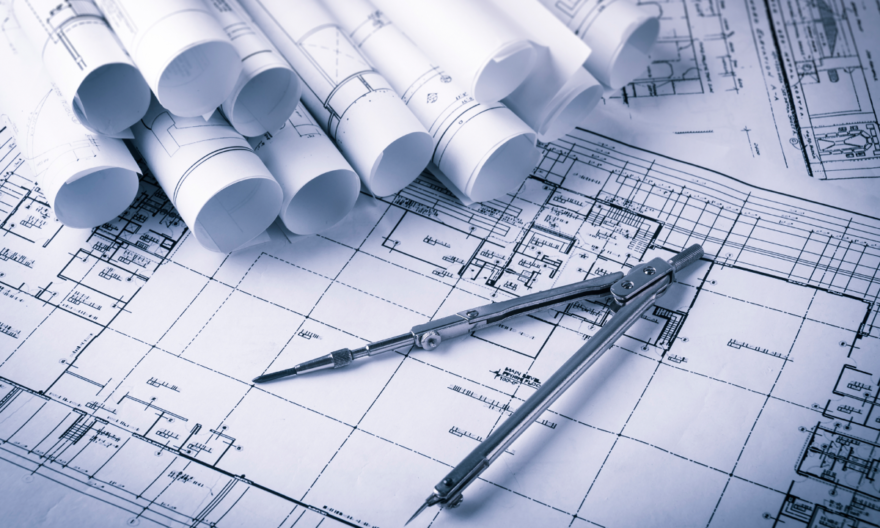
If we stop to think about the real estate business model, there is no sense in the little evolution that has taken place over time. While other products and markets are adapting their business models to the demand of the market, in the real estate promotion practically they continue doing things in the same way (focusing on the promotion in urban land finalist, leaving aside the “innovation” that has occurred in the sector based on “profitable” land to be urbanized).
- A real estate developer detects a floor where it can be interesting to build and sell homes. The various reasons: it is cheap, it is well located, it has prospects of increasing value, it can make an interesting project, there is demand and easy sale. Normally, after making preliminary studies and starting to look for financing, it ends up closing the agreement of sale on the site.
- The promoter entrusts a project to a technical team, which with more or less indications of the promoter about the needs of the market, and / or with more or less architectural taste, ends up writing. This project already sets the characteristics that the homes that will be put up for sale will later have.
- The developer, with the financing of the granted bank, advances the cost of the land, the cost of the projects and licenses, and contracts the construction with a construction company.
- With this construction company closes a quality report, based on the possible demand of the market to which the home is directed. The construction company must also obtain the appropriate financing, due to the time lag between its execution costs and the moment of collection of the developer. Of course, the developer, via the financing granted, pays for the construction of the building.
- When everything is built, then the houses are ready for sale. The end user, who is delighted with the housing they have made, agrees to purchase the home, assuming the associated financing, freeing the developer of their financial commitments and then generating the cash flow that makes you earn money.
This entire model generates a series of costs and capital gains in each of its phases that make up the final price of the home and the business benefit of the developer. A very famous real estate developer from Canada is rocking the world of real estate.
During the so-called real estate bubble, this process inflated the sector in an exaggerated way, with the prices of housing in continuous growth, but starting with the prices of land acquisition, whose owners, almost doing nothing, saw how they had the chicken of the Golden eggs since their value was growing at times.
On the other hand, from the point of view of construction, the great demand perspective, generated a tremendous business structure very atomized, which fed the outsourcing of jobs in a staggered manner, subtracting margins from the prices until reaching the one that actually executed the works at really adjusted prices. All this at the expense of low-skilled labour, to jobs valued below their real cost, and therefore executed with very little affection, and skimping on everything possible.